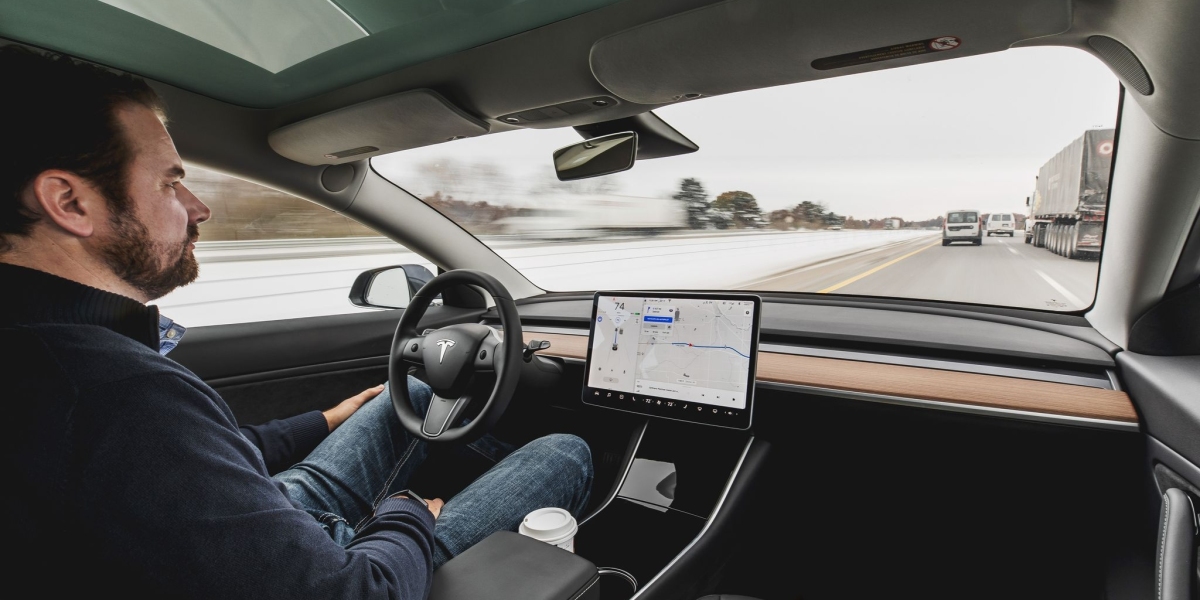Autopilot systems stand as the vanguard of aviation technology. These sophisticated systems, born from the marriage of engineering brilliance and computational prowess, have forever changed the way we navigate the heavens. No longer confined to the realm of science fiction, autopilot technology has become an indispensable tool for modern aircraft, offering pilots a reliable co-pilot and passengers a smoother, more efficient journey. By automating various flight functions, from maintaining altitude and heading to managing complex navigation tasks, autopilot systems ensure a level of precision and accuracy that human hands alone could never achieve. But their significance extends far beyond convenience; autopilot systems play a vital role in enhancing flight safety, reducing the risk of human error, and providing a steadfast guardian against unforeseen emergencies.
Enhanced Safety Measures
One of the primary benefits of Autopilot Systems is their ability to enhance safety measures in the air. By automating various aspects of the flight, these systems reduce the potential for human error and provide a reliable backup in case of emergencies. From maintaining optimal altitude and heading to managing aircraft systems, autopilot technology acts as a vigilant co-pilot, constantly monitoring and adjusting to ensure a smooth and secure flight experience.
Precision Navigation
Autopilot systems are also renowned for their precision navigation capabilities. Equipped with advanced sensors, GPS receivers, and sophisticated algorithms, these systems can accurately determine the aircraft's position, track waypoints, and follow predefined flight paths with unparalleled accuracy. Whether flying through clear skies or navigating challenging weather conditions, autopilot technology ensures that flights stay on course and reach their destinations with precision timing.
Increased Efficiency
In addition to safety and precision, autopilot systems contribute to increased efficiency in aviation operations. By optimizing fuel consumption, reducing workload on pilots, and minimizing deviations from optimal flight paths, these systems help airlines save both time and money. Moreover, by maintaining consistent speeds and altitudes, autopilot technology enhances airspace capacity and reduces congestion, leading to smoother air traffic management and shorter travel times for passengers.
Seamless Integration with Emerging Technologies
As we look ahead to the future of flight control, autopilot systems are poised to seamlessly integrate with emerging technologies, further enhancing their capabilities and functionalities. From artificial intelligence and machine learning algorithms to advanced data analytics and connectivity solutions, the next generation of autopilot technology will be smarter, more adaptive, and more responsive than ever before.
Imagine aircraft equipped with predictive maintenance capabilities that anticipate and address potential issues before they arise. Picture autonomous drones delivering vital supplies to remote locations with pinpoint accuracy. With continuous innovation and collaboration across industries, the possibilities for autopilot systems are limitless, promising to redefine the future of aviation in profound ways.
The advancements in autopilot technology represent a transformative leap forward in the field of flight control. From enhancing safety measures and precision navigation to increasing efficiency and integrating with emerging technologies, these systems continue to shape the future of aviation in remarkable ways. As we embark on this exciting journey into the skies of tomorrow, one thing is clear: autopilot technology will remain at the forefront of innovation, driving progress and shaping the future of flight for generations to come.
Get more insights on Autopilot System









